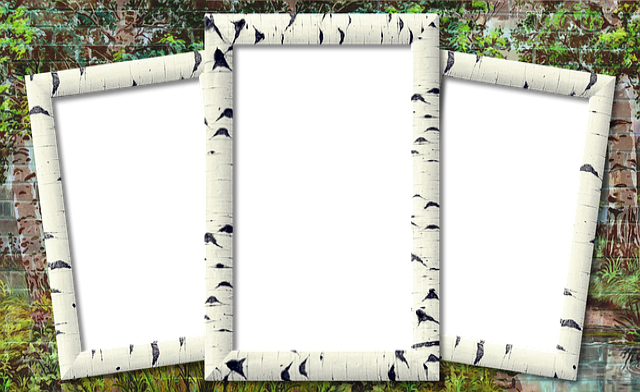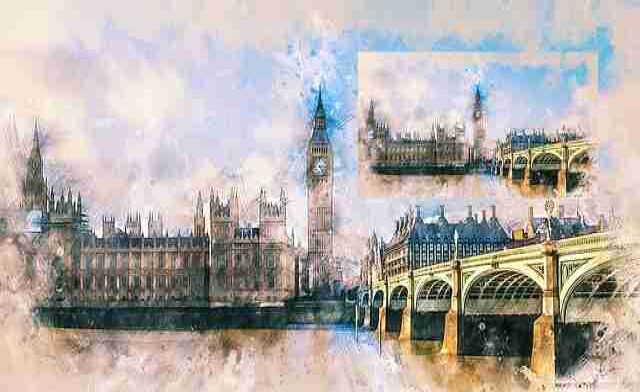GIFs and Animated GIFs: How Are They Different?
A GIF (Graphic Interchange Format) is a type of image format that supports animations by allowing for the display of a sequence of images in a single file. An animated GIF displays a sequence of images that appear in a loop, giving the appearance of animation. A traditional (non-animated) GIF also supports a limited color palette, which can result in a lower quality image compared to other image formats such as JPEG or PNG.
An animated GIF, on the other hand, can display a larger number of colors and can be used to create simple animations and short video clips. Animated GIFs are often used in advertising, social media, and other online contexts to add a touch of humor or to display short video clips without the need for video hosting or playback capabilities. In summary, the main difference between a GIF and an animated GIF is that the latter displays a sequence of images that appear to move, while a traditional GIF displays a single static image.
GIF:
- Stands for Graphics Interchange Format
- Image format developed in 1987
- Supports up to 256 colors
- Can be used for simple animations by showing a series of images in a loop
- Widely used for online communication and social media
Animated GIF:
- Is a type of GIF
- Contains multiple frames that are displayed in a loop to create an animation
- Usually used to share short, looping animations online
- Limited to a maximum of 256 colors per frame
- Often used for comedic effect or to convey emotion in a more dynamic way than a still image.
What are the Limitations of GIF and Animated GIF?
GIF and Animated GIF have several limitations including:
Limited color palette
GIF only supports up to 256 colors, which makes it unsuitable for high-quality images or videos.Low quality
The compression used in GIF results in a loss of image quality, making it unsuitable for high-resolution images.Large file size
Animated GIFs can quickly become large in file size, especially with longer duration or more frames. This can slow down websites and cause problems for users with slow internet connections.No audio
GIFs do not support audio, which limits their usefulness for certain types of content.Limited duration
The length of an animated GIF is limited, making it unsuitable for longer videos.Incompatibility
Not all devices and browsers support GIF and Animated GIF, which can result in display issues.
FAQ’s between GIF and Animated GIF’s?
What is a GIF?
A GIF, or Graphics Interchange Format, is a type of image format that was developed in 1987. It supports up to 256 colors and can be used for simple animations by showing a series of images in a loop.
What is an Animated GIF?
An Animated GIF is a type of GIF that contains multiple frames that are displayed in a loop to create an animation. It is often used to share short, looping animations online and is limited to a maximum of 256 colors per frame.
How is a GIF different from an Animated GIF?
A GIF can be either a static image or a simple animation, while an Animated GIF specifically refers to a GIF that contains multiple frames to create a more complex animation.
What is the purpose of a GIF?
GIFs are commonly used for online communication and social media, and can be used to express emotions or ideas in a more dynamic way than a still image. Animated GIFs are often used for comedic effect or to convey emotions.
Are there any limitations to using GIFs?
GIFs have limited color support, with a maximum of 256 colors per image. Additionally, the size and quality of a GIF may suffer when compared to other image formats, especially for larger or more complex images.
How can I create a GIF or Animated GIF?
There are a variety of online tools and software programs that can be used to create GIFs and Animated GIFs, such as freeimgtools.com. You can start by either uploading images or drag and drop the images.




